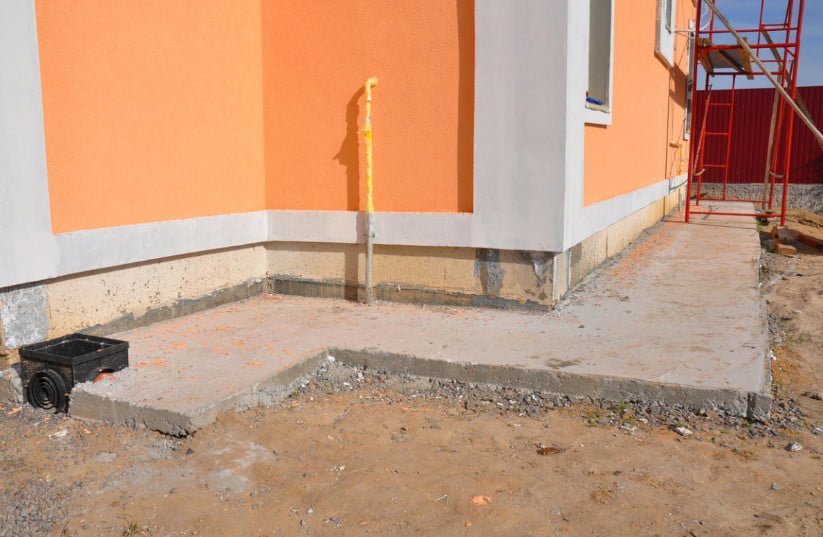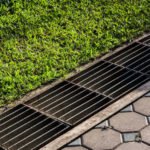They say that the miser pays twice, the stupid three times, and the fool — always. This rough wisdom is the best suited to the description of the construction process.
There are no trifles in construction, and if you decide to save on seemingly insignificant elements, you will later face the need to repair and redo. And if you continue to insist on your rash decision, you risk paying for repairs and alterations until you do everything right.
One of these “little things” — blind area. And whether it is right or not depends on how your new home will stand firmly on its Foundation, and whether the water will accumulate in the basement. Before you deal with the question of what is the correct blind area, you should determine what it is in principle for such a design.
Blind area: what it is and why it is needed
According to the definition, blind area — a coating that passes outside the building on the perimeter and adjacent to the Foundation. Its main purpose-waterproofing of Foundation structures and removal of excess water from the walls, so the blind area is one of the elements of the drainage system.
Also, the constructed blind area, especially insulated, reduces soil freezing near the Foundation and, as a result, improves the thermal characteristics of the structure. Another blind area is part of the complex of measures for the improvement of the territory of the site: the house with a flat ribbon around becomes more complete and neat appearance.
It is also believed that the blind area prevents the penetration of the roots of trees that destroy the Foundation, although this point is controversial: usually the underground part of the tree is below the level of placement of the blind area, and large trees are able to destroy the roots of concrete or asphalt pavement.
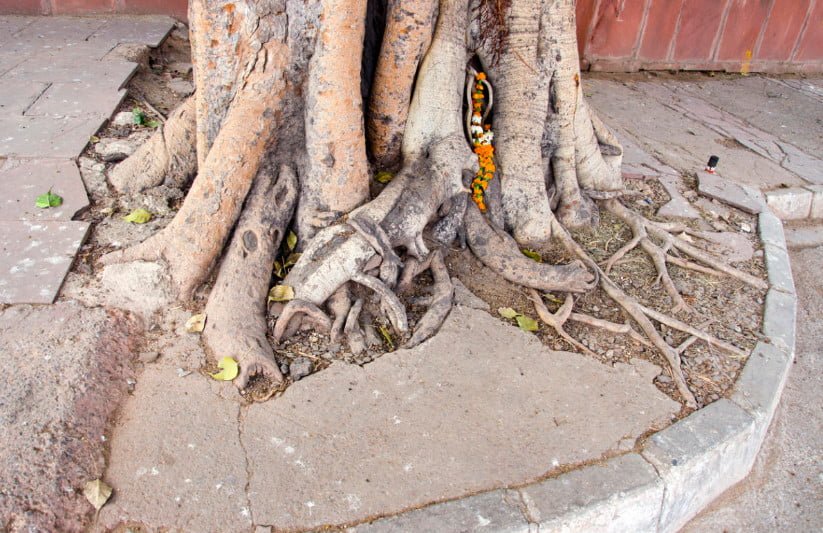
But that is absolutely for sure: without blind area (or if it is made incorrectly) melt and rain water will come to the Foundation walls destroy them and seep into the basement or ground floor. Therefore, do not consider this design only as a decorative element of landscaping — a beautiful path around the house.
Refuse its device is possible only in the following cases: if the house is on sandy soil or using a columnar Foundation.
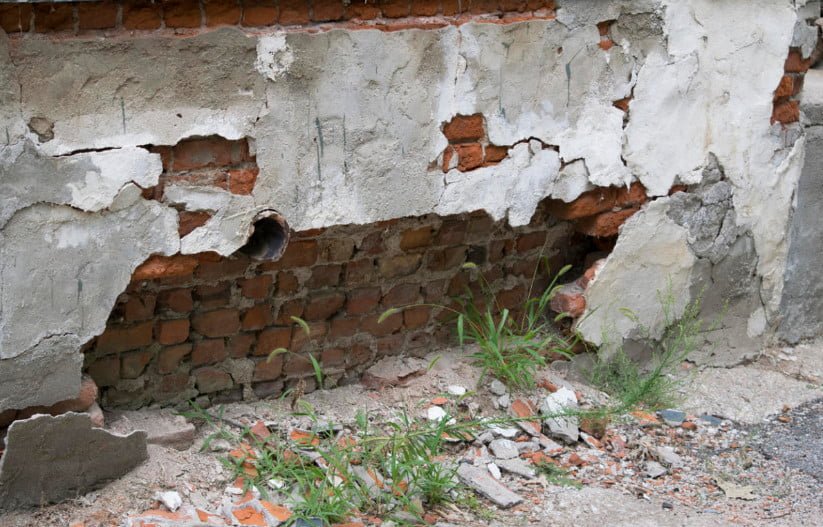
Types of blind area
For small buildings and structures used two types of blind area.
Rigid blind area
It is a strip of concrete or asphalt laid on a sand and gravel cushion along the perimeter of the outer walls of the building. Decorative tiles can be laid on the concrete base. For waterproofing in the case of surface meets a concrete or asphalt surface.

This is the most common type, although in many cases it is more efficient and cheaper to arrange the so-called soft blind area.
Soft blind area
Soft blind area, as the name implies, is arranged from non-rigid materials. In this case the layers protecting from water penetration are below the final surface. For the waterproofing device, a clay lock or modern waterproofing coatings are used. As the top layer, you can use gravel, decorative pebbles, put paving stones or even arrange a lawn or flower garden, covering the area of the blind area with turf.
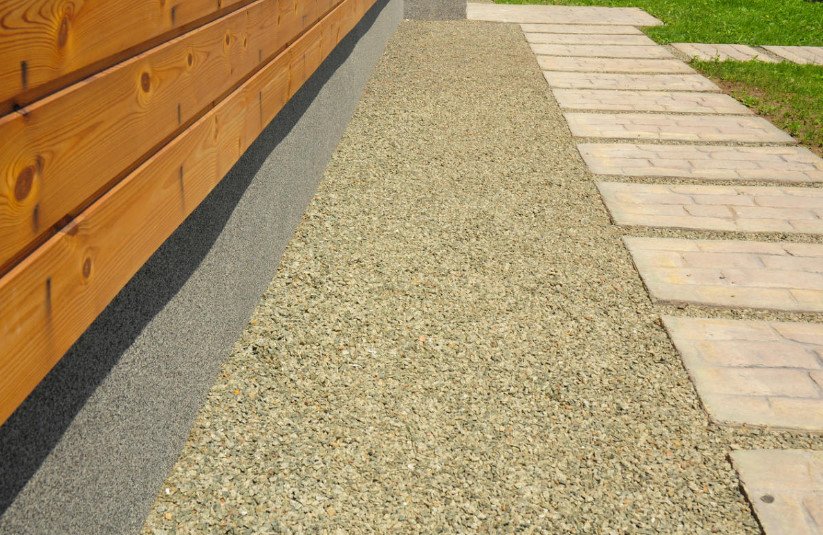
Soft blind area has a number of advantages:
- lower cost due to the lack of concrete works;
- great strength on mobile and heaving soils. The plate of a rigid blind area can break at seasonal shifts of soil or in General “to drive off” aside from a wall;
- there is no need in the device for a temperature expansion joints, as on the hard pavement. In addition, the seams reduce the decorative design, and if performed incorrectly, then its strength;
- easier to manufacture on their own;
- perhaps the “soft” design is more decorative, but it is subjective: everyone has different tastes.
Which area to choose depends on your desire and possibilities. I will only say that the soft blind area is also called frost-resistant, because it is not affected by weather conditions, and the materials of its construction do not depend on the cycles of frost resistance. So, for example, the Finns prefer in the construction of private houses soft blind areas.
The correct blind area: what is it?
First of all, effectively fulfilling its purpose — the waterproofing of the Foundation and the diversion of water from the horizontal projection of the house. And in the second-strong and durable, which does not require annual patching holes.
Conditions reliable, correct blind area are:
- slope;
Blind area must have a slope directed away from the walls of the house. The slope should be at least 1% and not more than 10% of the width.
- quality material;
To create a rigid blind area using concrete or asphalt coating, asphalt and concrete grades are used, intended for road works.
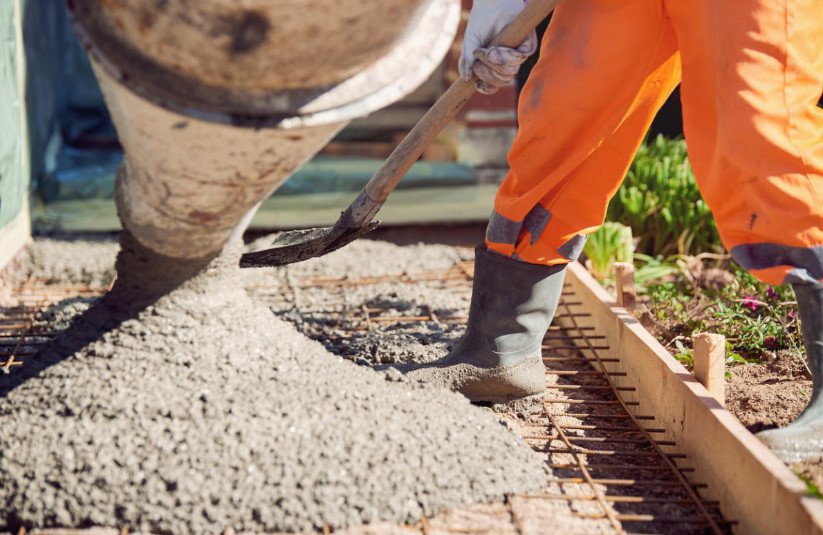
- the right Foundation;
Under the blind area, it is necessary to make a high-quality sand and gravel cushion: with sufficient thickness of the layers, compacted to the “solid”, that is, until the end of the shear of the compacted material.
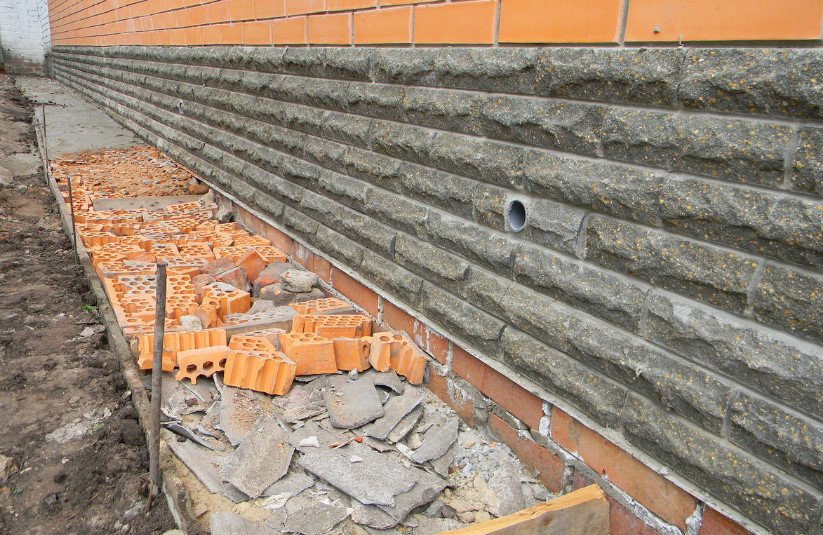
- accuracy;
The outer edge of the blind area should not have the form of a wavy line-the horizontal and vertical deviation can not exceed 10 mm. Of course, this condition applies to a rigid blind area, because the soft may well have a shaped edge.
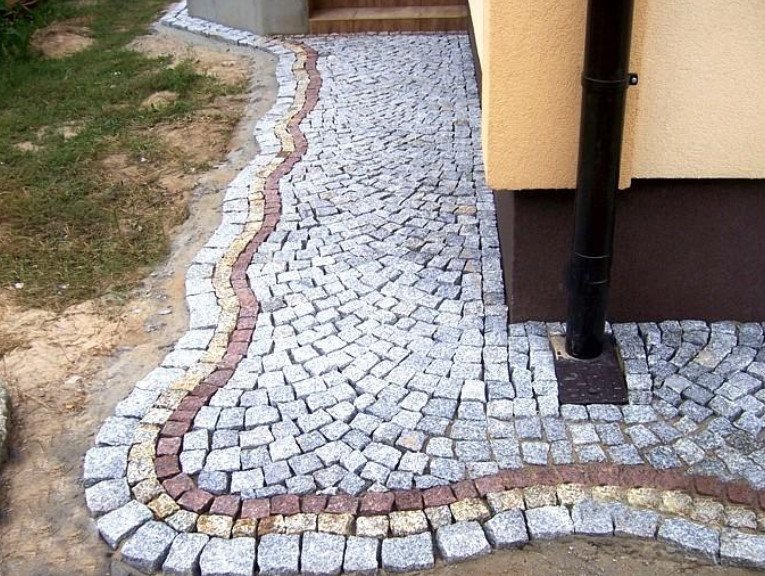
- choose the right time of the construction of the blind area;
Often the device blind area begin when it comes time to Refine the site. It is more correct to do blind area immediately after the work on the Foundation, when the construction of walls begins.
So the Foundation will be protected from water from the beginning, and concrete blind area during solidification will not be eroded and broken by water flowing from the roof, especially if it is not yet installed drainage system. After all, the maximum strength concrete gains only after a certain time.
- expansion joints;
Their device is necessary. Technology needed expansion joints for monolithic concrete deck or the joints between the individual concrete slabs should be filled with mastic of bitumen, not a solution.
- sufficient thickness of concrete or asphalt coating and concrete reinforcement;
The thickness of the concrete pavement must be in the range from 70 to 120 mm, the asphalt pavement is at least 50 mm.
- interaction with drainage system;
The deck needs to drain water either into a fitted Foundation drainage system, or it is provided with transverse grooves for waste water drainage, especially in places of installation of drainage pipes.
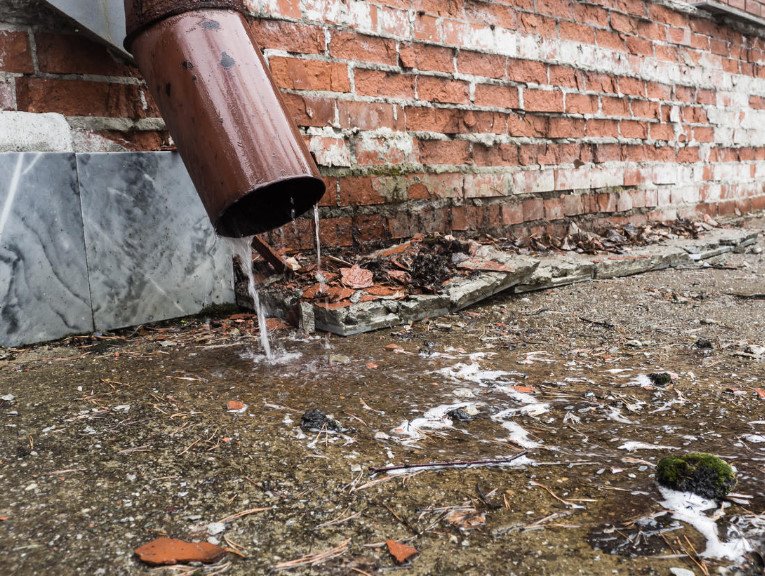
Without such a tray, the surface of the blind area in the shortest time will be destroyed by the water flowing from the drain.
If you have done everything correctly, the Foundation of your house will have reliable protection. And you will not have a headache, because the blind area of your house will be correct.
